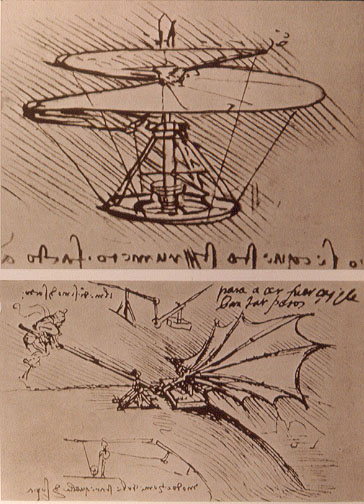 German Expressionism was a creative movement that began in Germany before the First World War. It spread over many media including not just art but music and theatre too.
German Expressionism was a creative movement that began in Germany before the First World War. It spread over many media including not just art but music and theatre too.When it comes to German expressions many ideologies and theories existed between the artists causing such a wide range of styles.
The “Die Brücke” or The Bridge. They believed their movement was a bridge towards a better future. Fritz Bleylm Ernst Kirchner, Erich Heckel and Karl Schmidt-Rotluff founded this movement. They tended to use alot of colour in the works and would thin paints down to achieve smooth application.
Another group was one based on individual artists which were connected to the school of the Northern Expressionists. They believed their art should be simplistic and down-to-earth. Emil Nolde, Paula Modersohn-Becker and Christian Rohlfs were part of this movement.
The “Blaue Reiter” and they opposed every principle of the Die Brücke. This movement was started by Wassilly Kandinsky. Their work portrayed the world as it truly existed.
Another group was one formed by August Macke. They were called the Rhenish Expressionists and they believed their thoughts and ideas should be portrayed by form only.
When I looked around the exhibit in the Leicester museum the first thing I realised is how different all the artwork was on the walls. Some were plan black and white prints, some were brightly coloured and others where quick pencil sketches. I originally wasn’t a fan of expressionism but after seeing the range I found that some of the styles I started liking.
 One of my favourite pieces was the Messiah by Ernst Neuschul. The detail of the bones on the man and the colours drew me in. Not just that but the rather shocking expression on the guys face is just...well weird but very compelling to look at.
One of my favourite pieces was the Messiah by Ernst Neuschul. The detail of the bones on the man and the colours drew me in. Not just that but the rather shocking expression on the guys face is just...well weird but very compelling to look at. Another picture that caught my eye was Death and Woman by Kathe Kollwitz which focused mainly on the form of a woman being pulled down by a skeleton and a child. It seems like such a simple pencil sketch but the dramatic pose really brings feeling to the picture. It’s completely different to the Messiah in media and style yet they both symbolise the views of expressionist artists.
Another picture that caught my eye was Death and Woman by Kathe Kollwitz which focused mainly on the form of a woman being pulled down by a skeleton and a child. It seems like such a simple pencil sketch but the dramatic pose really brings feeling to the picture. It’s completely different to the Messiah in media and style yet they both symbolise the views of expressionist artists.

 Plus where else are you going to see a messed up cyborg Donald Duck?
Plus where else are you going to see a messed up cyborg Donald Duck?


 As you can seen not as amazing as the original masters work but I tried.
As you can seen not as amazing as the original masters work but I tried.


 When drawing, if I draw without constraint I can go for hours brainstorming ideas and not getting anything put on paper but with constraint I find that I can be creative in just a small area, meaning I can find out more details of that specific area making something that may be more realistic and have more detail. So I believe it depends on the person whether constraint enhances or hinders creativity.
When drawing, if I draw without constraint I can go for hours brainstorming ideas and not getting anything put on paper but with constraint I find that I can be creative in just a small area, meaning I can find out more details of that specific area making something that may be more realistic and have more detail. So I believe it depends on the person whether constraint enhances or hinders creativity. And finally I will show my thoughts and feelings through my drawings, creations and blogs. I’ll show creativity through my university work. My models that I’ve created will surely show creation? I would expect people to view my work, take the time to look at it and read it, that alone would make me happy.
And finally I will show my thoughts and feelings through my drawings, creations and blogs. I’ll show creativity through my university work. My models that I’ve created will surely show creation? I would expect people to view my work, take the time to look at it and read it, that alone would make me happy.
